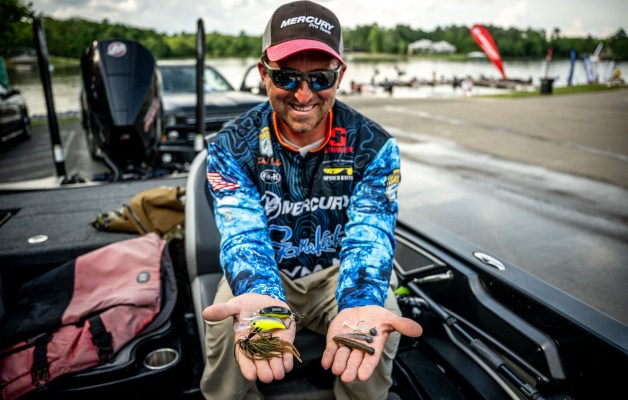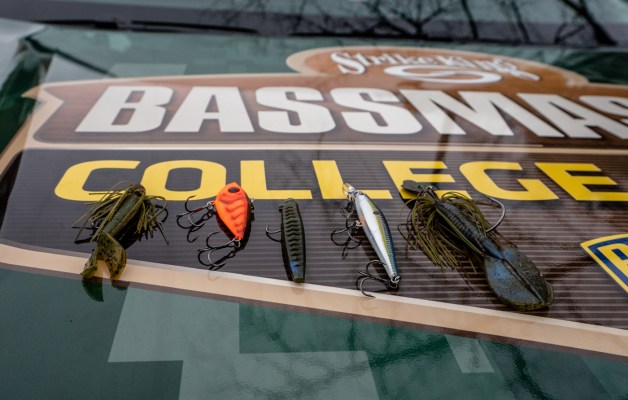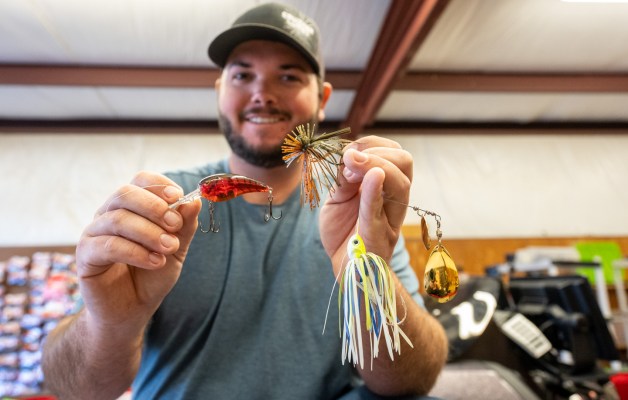

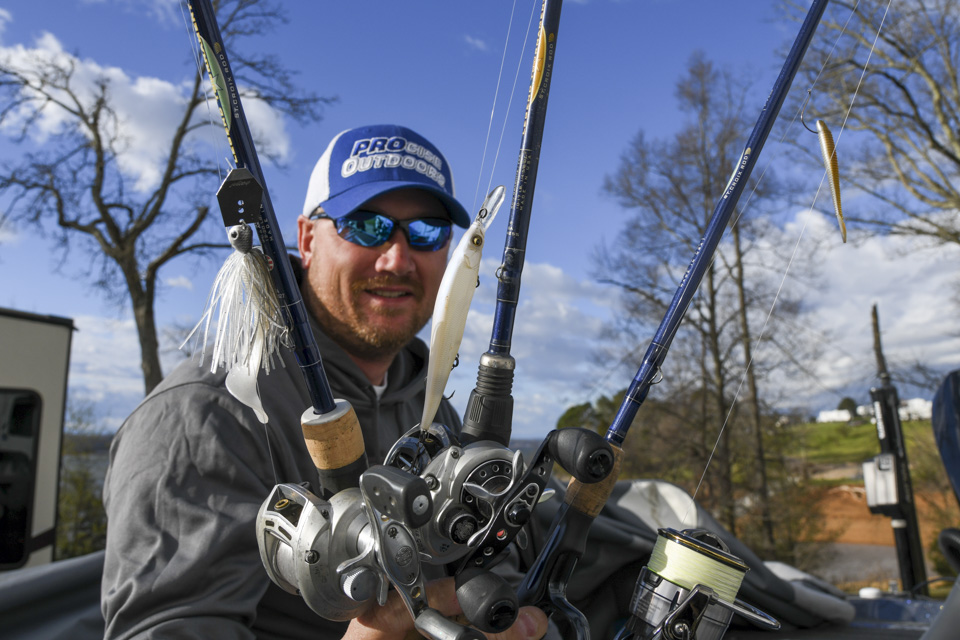
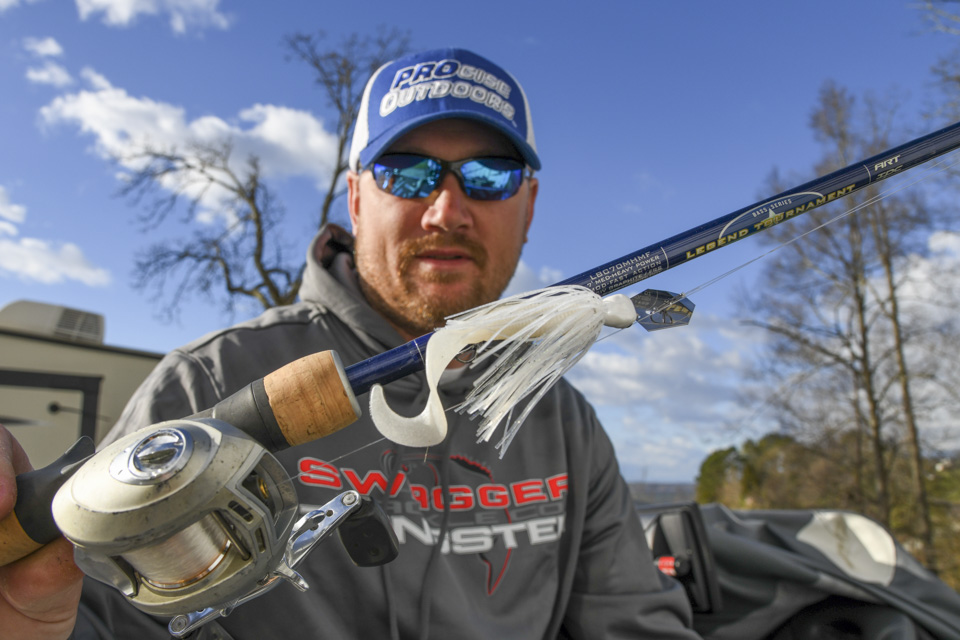
Why use it: “It’s versatile, and you can use it shallow or deep, as the fish move up from deeper water to spawn,” Pellegrin said. The all-white look mimics the skin pattern of a shad.
How to use it: Use a steady retrieve along rocky shorelines. Pellegrin uses a slow-rolling presentation over rocks in 10- to 15-feet of water.
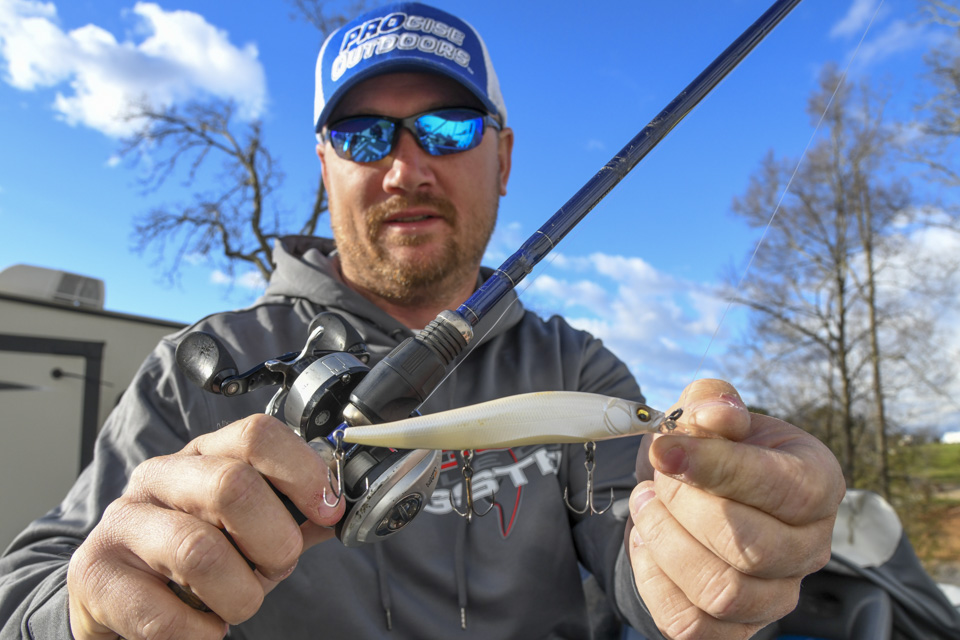
Why use it: To intercept migrating or transitioning bass on the move.
How to use it: Make long casts and then use a two-jerk, pause and repeat presentation. Fish it around transition areas, like long, tapering points adjacent to deeper channels and pockets.
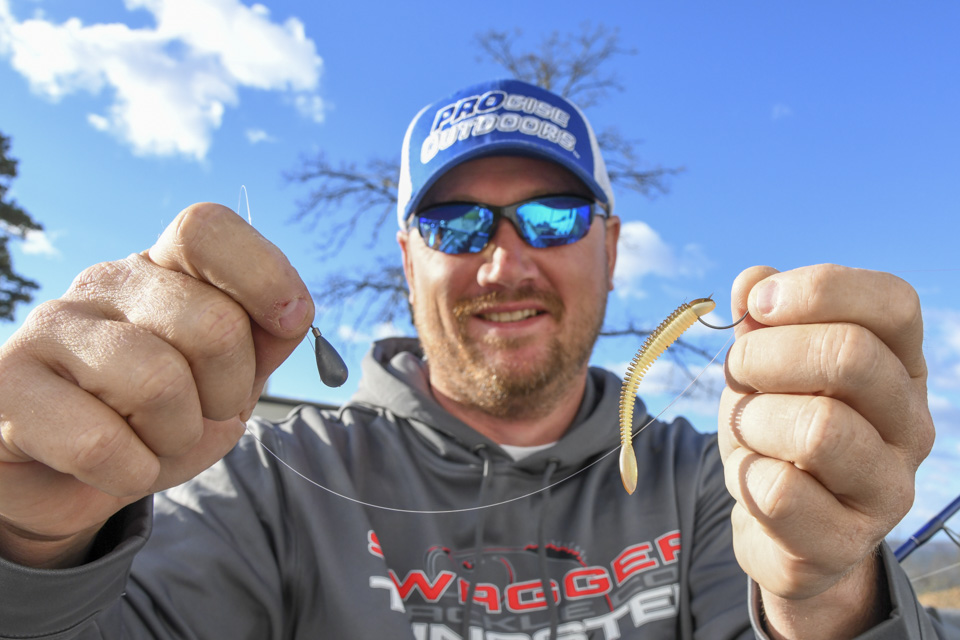
Why use it: When smallmouth metabolism is slower in cooler water, when a finesse or downsized bait rig is a must.
How to use it: When sight fishing for individual fish using bow mounted, forward-facing sonar. Either deadstick the rig or shake it in view of the bass.

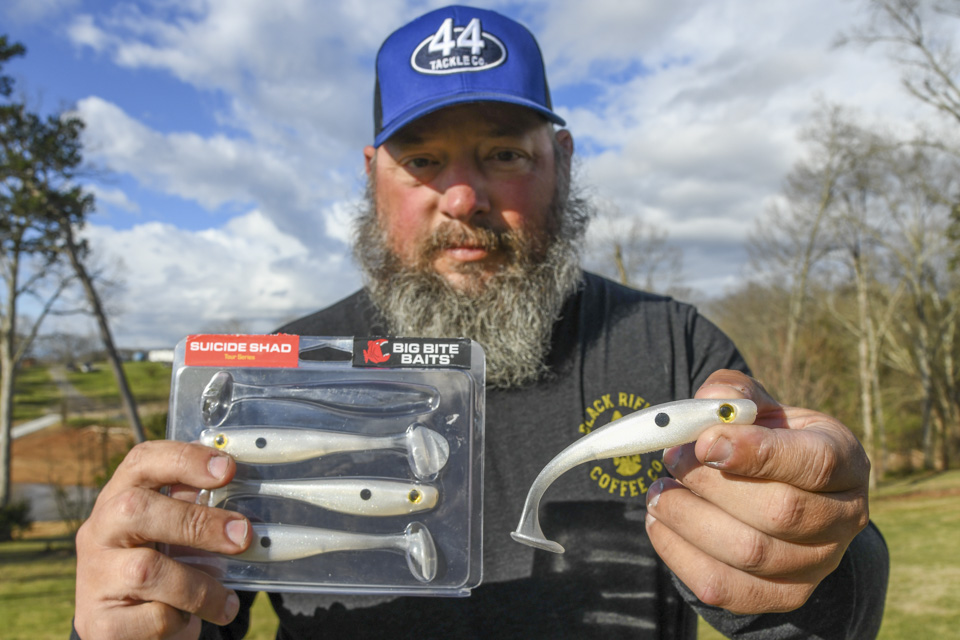
Why use it: “The bigger bait is for catching more quality spotted bass,” said Horne. “You get into so many scenarios on a highland lake where the average size of a spot is the same, and this bait is great for a kicker fish.”
How to use it: Cast, allow it to sink into the strike zone for suspended spotted bass.
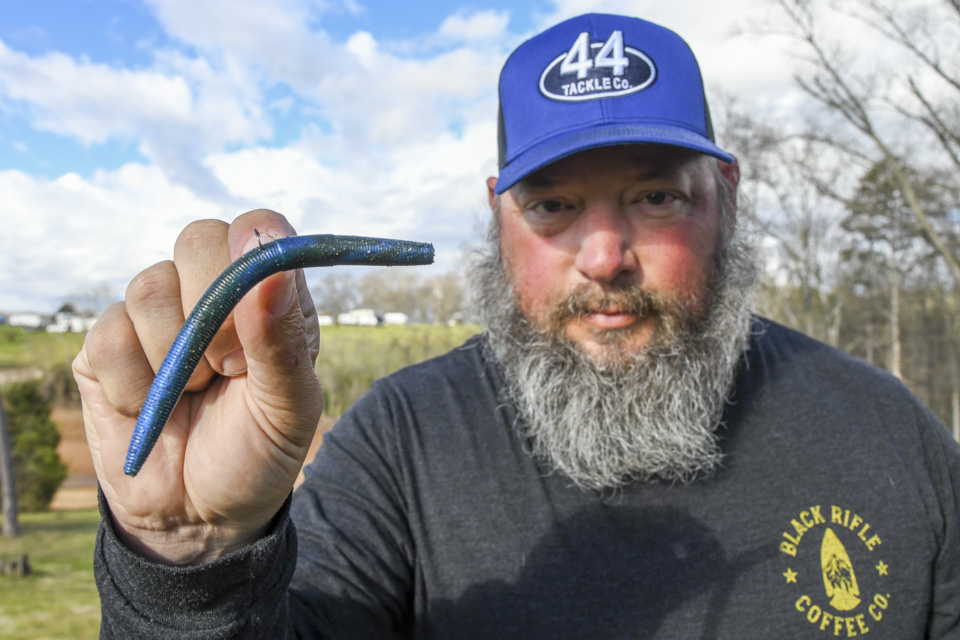
Why use it: When smallmouth are feeding on bluegill.
How to use it: Cast it and use a steady retrieve or pump-and-retrieve presentation, around shallow rock and gravel spawning areas, or for suspended fish around standing timber.

Why use it: It’s ideal for prespawn largemouth feeding on bluegill.
How to use it: Drag it along rocky bottoms near spawning flats, or swim it for bass on the move, around docks and other transition areas.
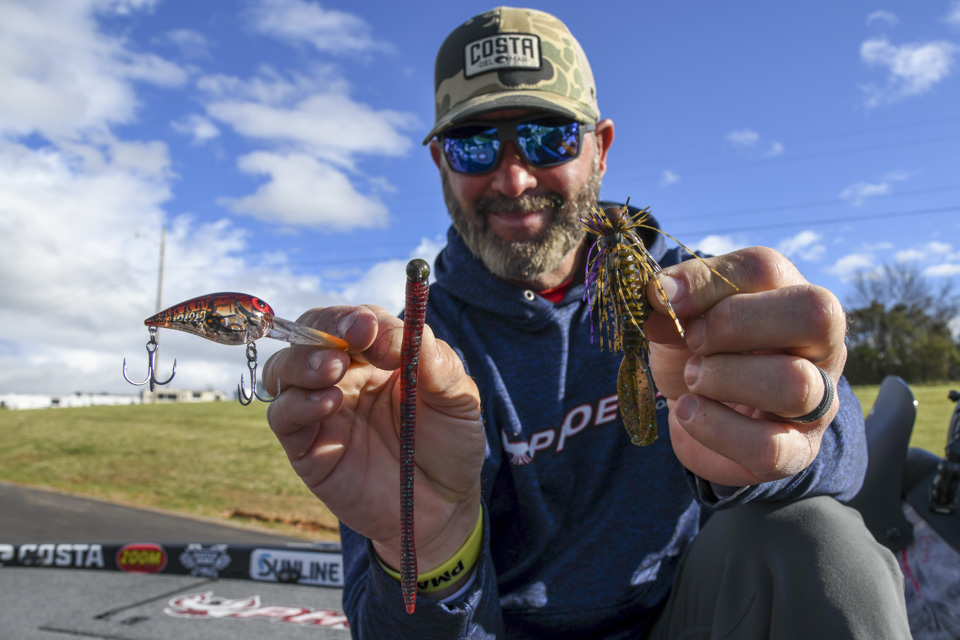

Why use it: To cover water for prespawn and postspawn bass on the move, either from deep to shallow water, or the opposite direction.
How to use it: You get deeper water coverage, from 10- to 20-feet, with the bait’s trademark wide wobble and loud action. “You can’t beat it for cranking it down deep to the bottom, so it can deflect off rocks and do what Wiggle Warts do best,” Swindle said.
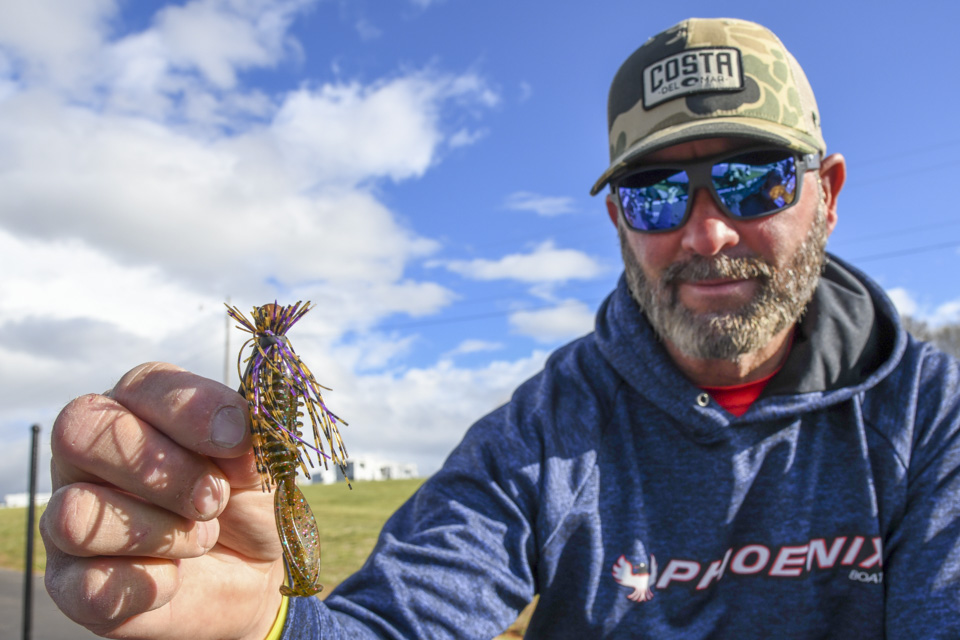
Why use it: “When everyone else downsizes for smallmouth, I upsize in favor of catching quality fish,” Swindle said, “That bigger size can catch you a bigger kicker fish, or even a limit, when everyone else is catching the same-sized average weight.”
How to use it: Fish it in deeper water, where smallmouth spawn.
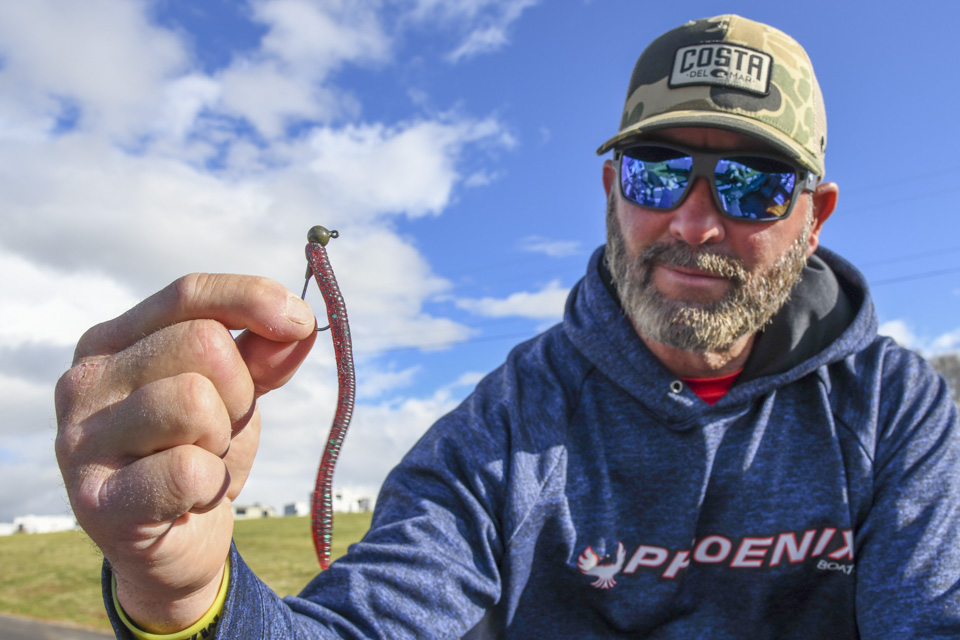
Why use it: For versatility, when spotted bass range from shallow shorelines to suspended offshore.
How to use it: Fish it around rockpiles and boat docks, using a cast-and-swim presentation.
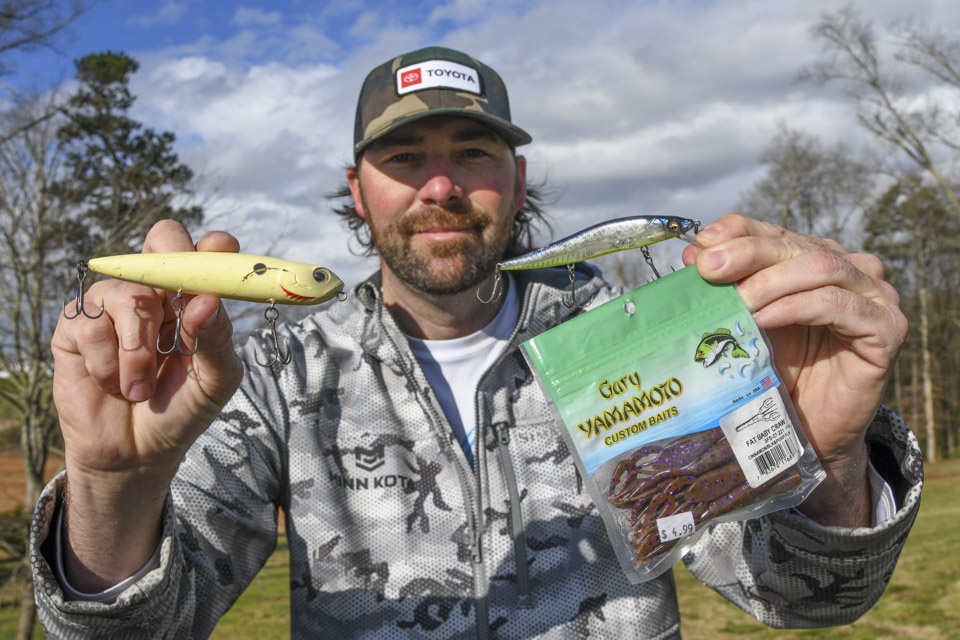
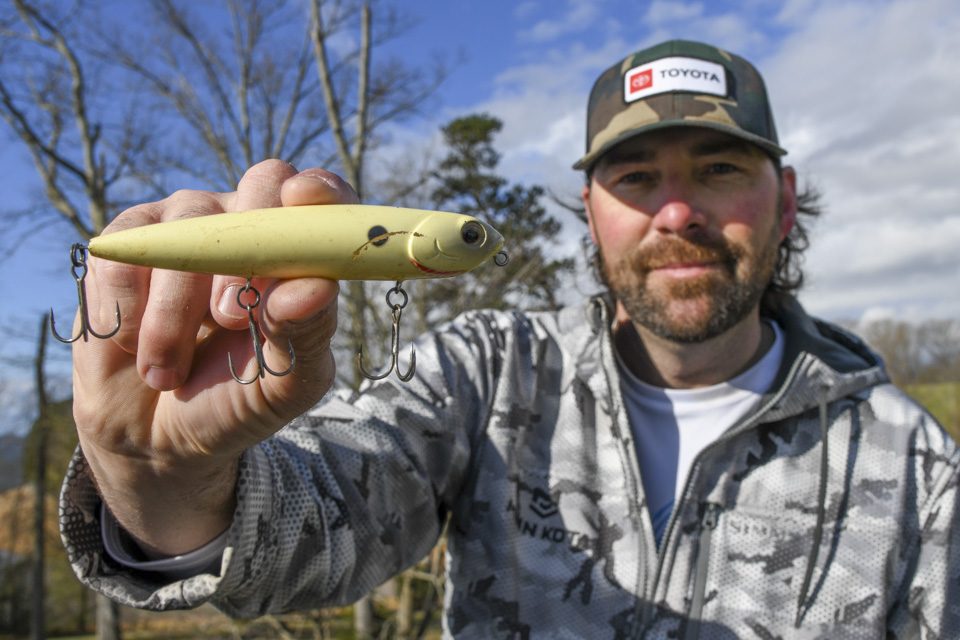
Why use it: During the prespawn and postspawn, when largemouth are active and on the move. “It’s ideal for classic highland lake situations around rocky transition areas, between pea gravel banks and boulders,” Walters said.
How to use it: Alternate between a fast walking action or move slower, depending on the mood of the fish.
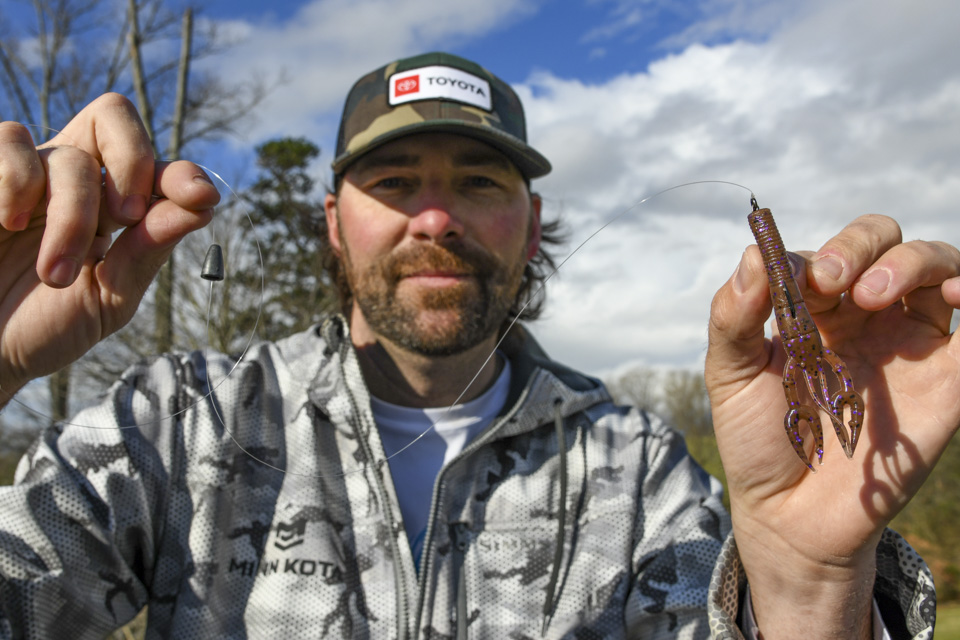
Why use it: “Bedding smallmouth are easily intimidated by crawfish, and they will go out of their way to smash them,” Walters said.
How to use it: Focus on gravel shorelines, long points and other suspected bedding areas. Use a slow, hopping presentation.
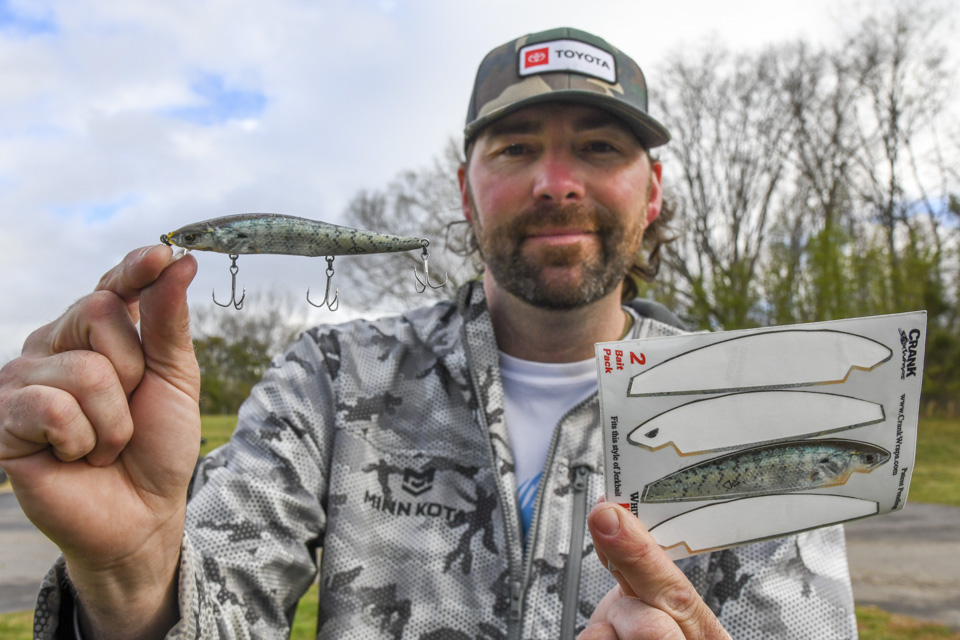
Why use it: To intercept migrating spotted bass between deep and shallow water.
How to use it: Use it in the same transition areas as the smallmouth bait.
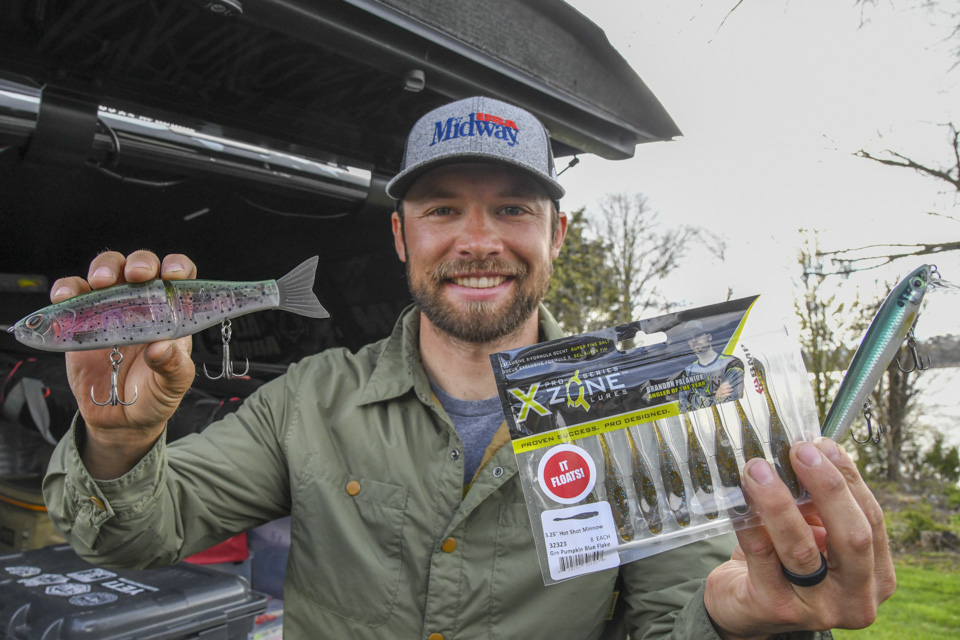
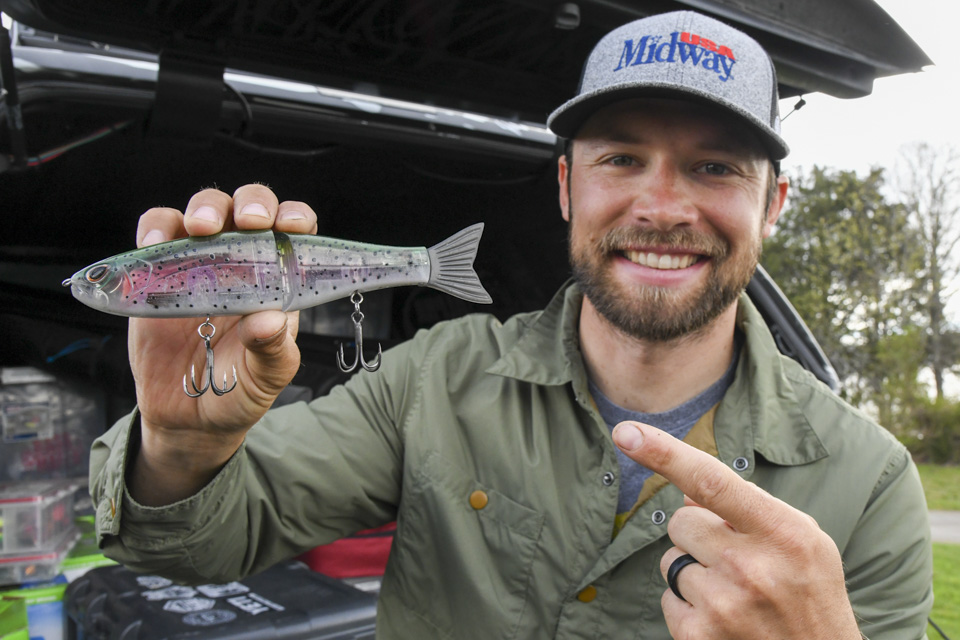
Why use it: “Glide baits have drawing power, and by that, I mean they will draw fish in from greater distances,” Palaniuk said.
How to use it: An ideal choice for clearer water, use a slow, steady 3/4-turn, pause, and 3/4-turn retrieve. Repeat.
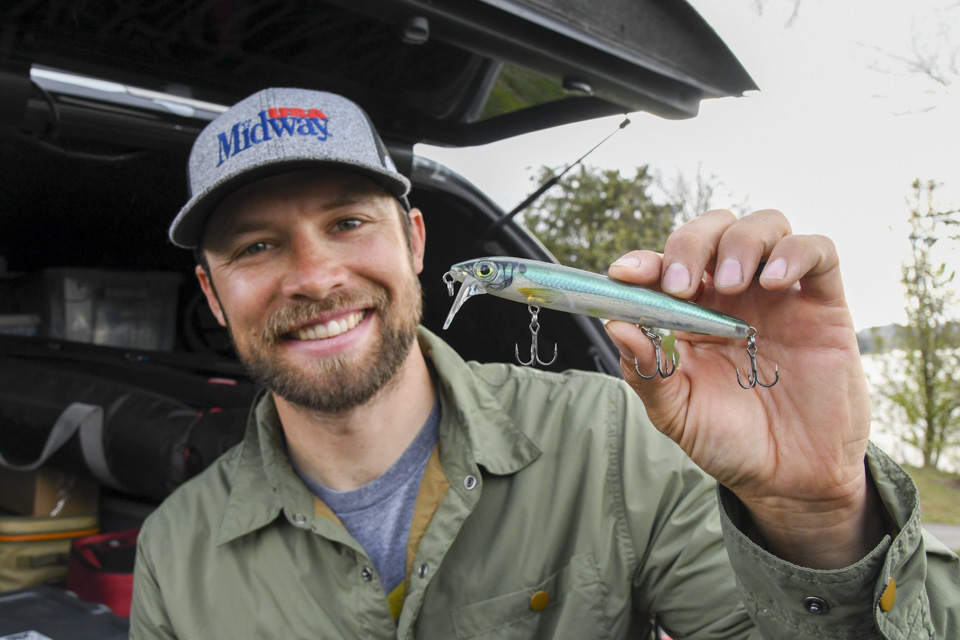
Why use it: “Spotted bass feed higher in the water column, and they seek out injured shad for a meal,” Palaniuk said.
How to use it: Make long casts across suspended schools of spotted bass, and retrieve slowly so the bait’s waking action draws attention.
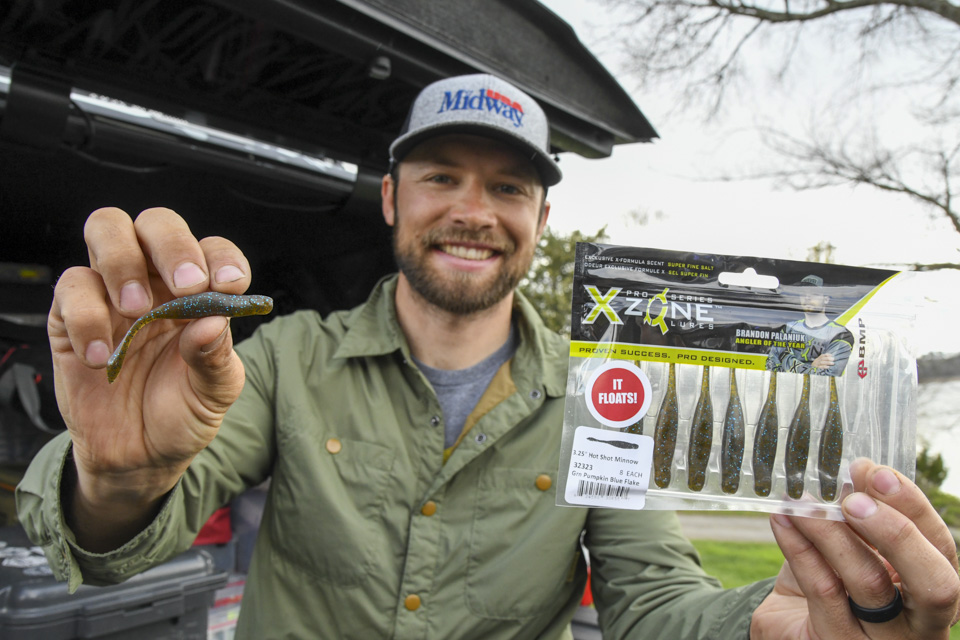
Why use it: “The size is easy for a smallmouth to eat,” Palaniuk said.
How to use it: Fish it around isolated rock and wood habitat.



